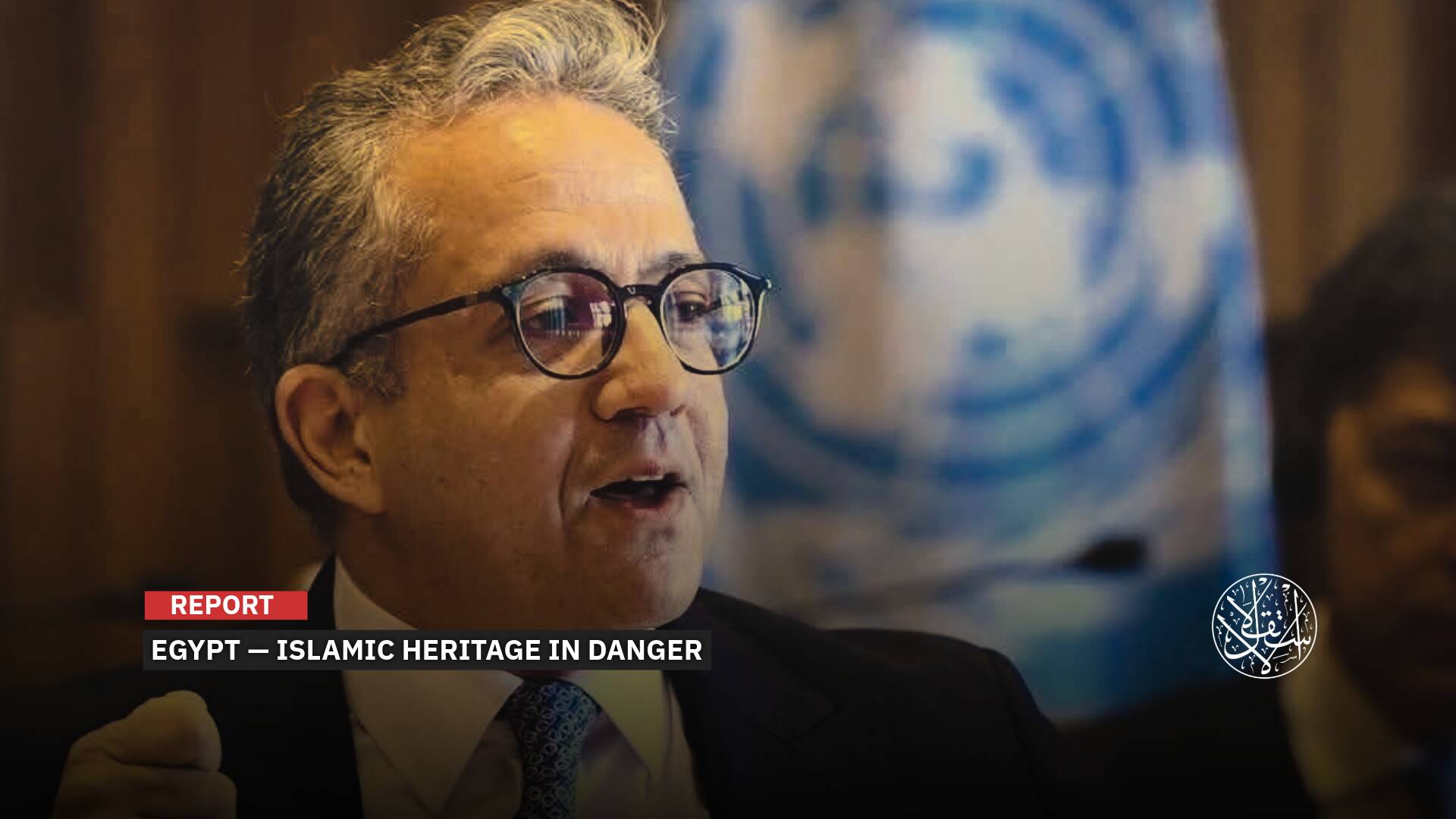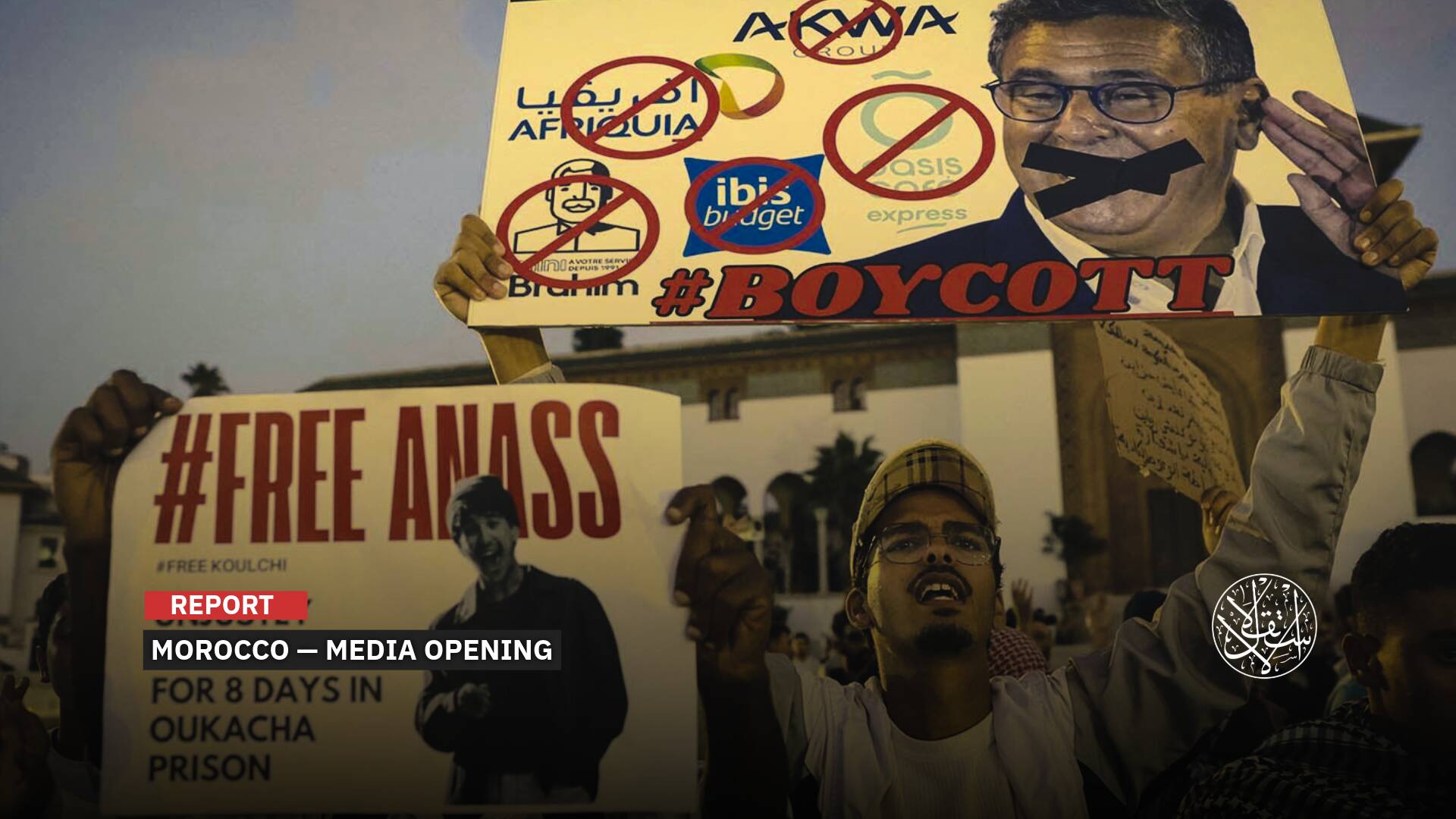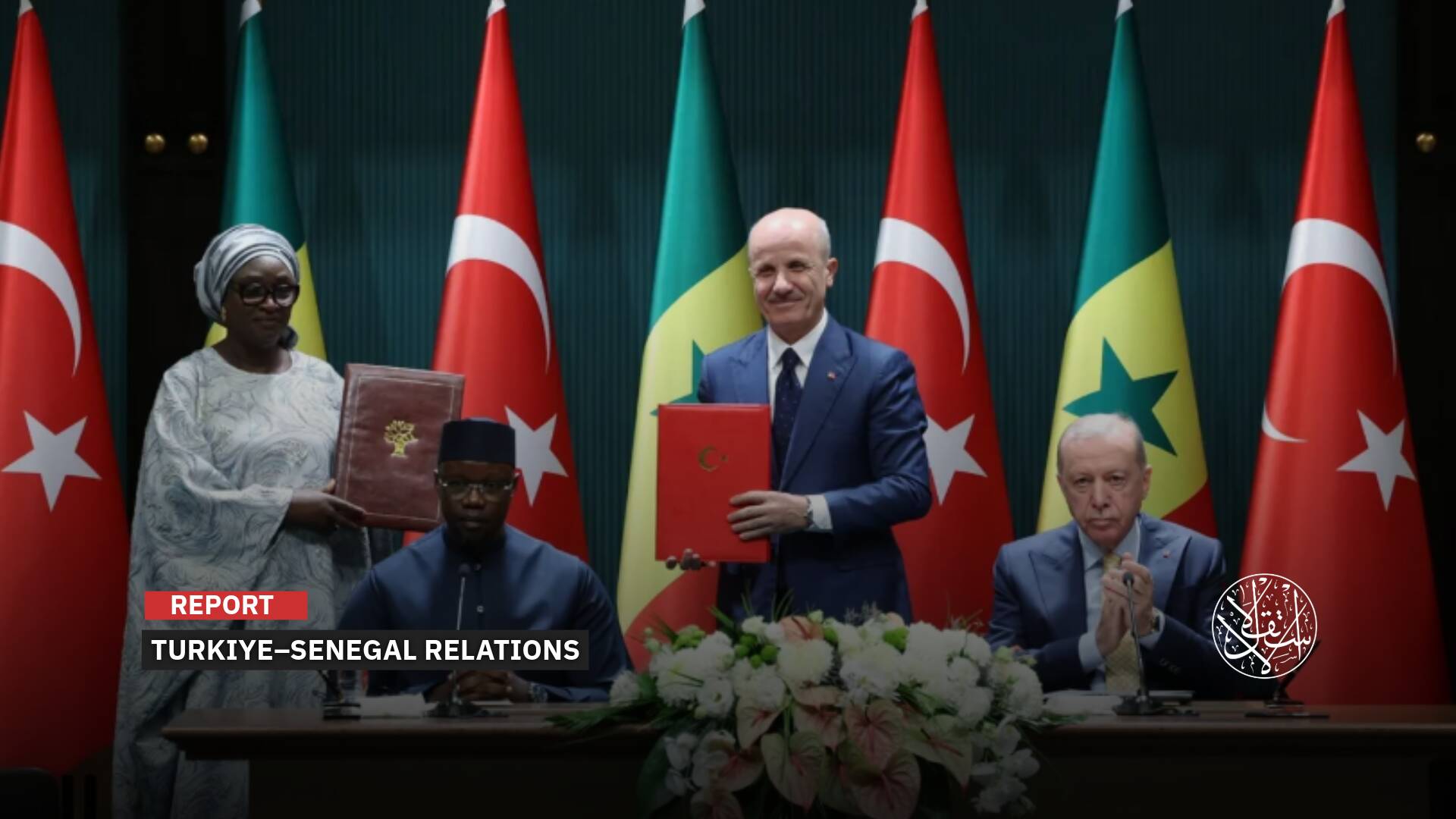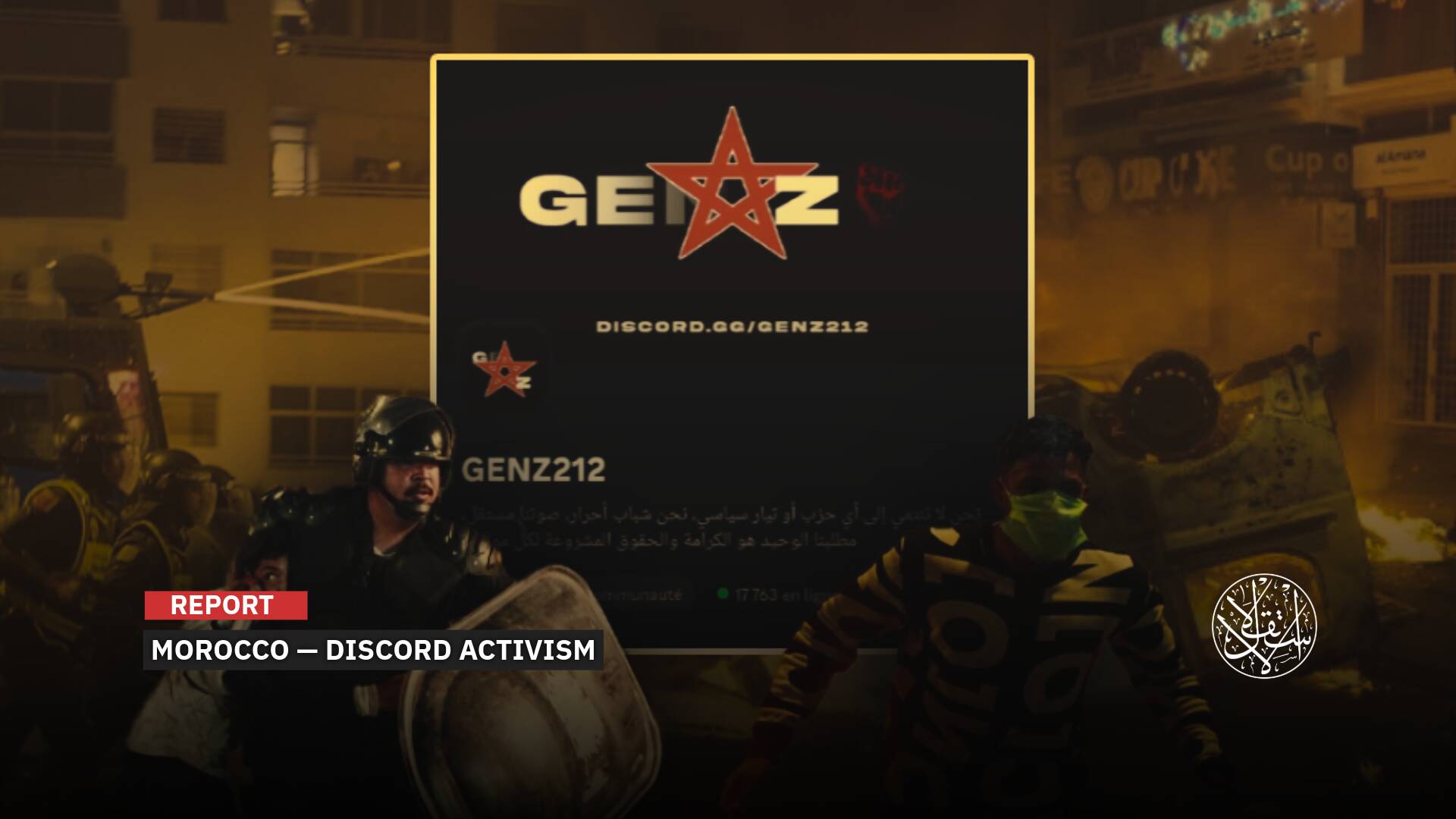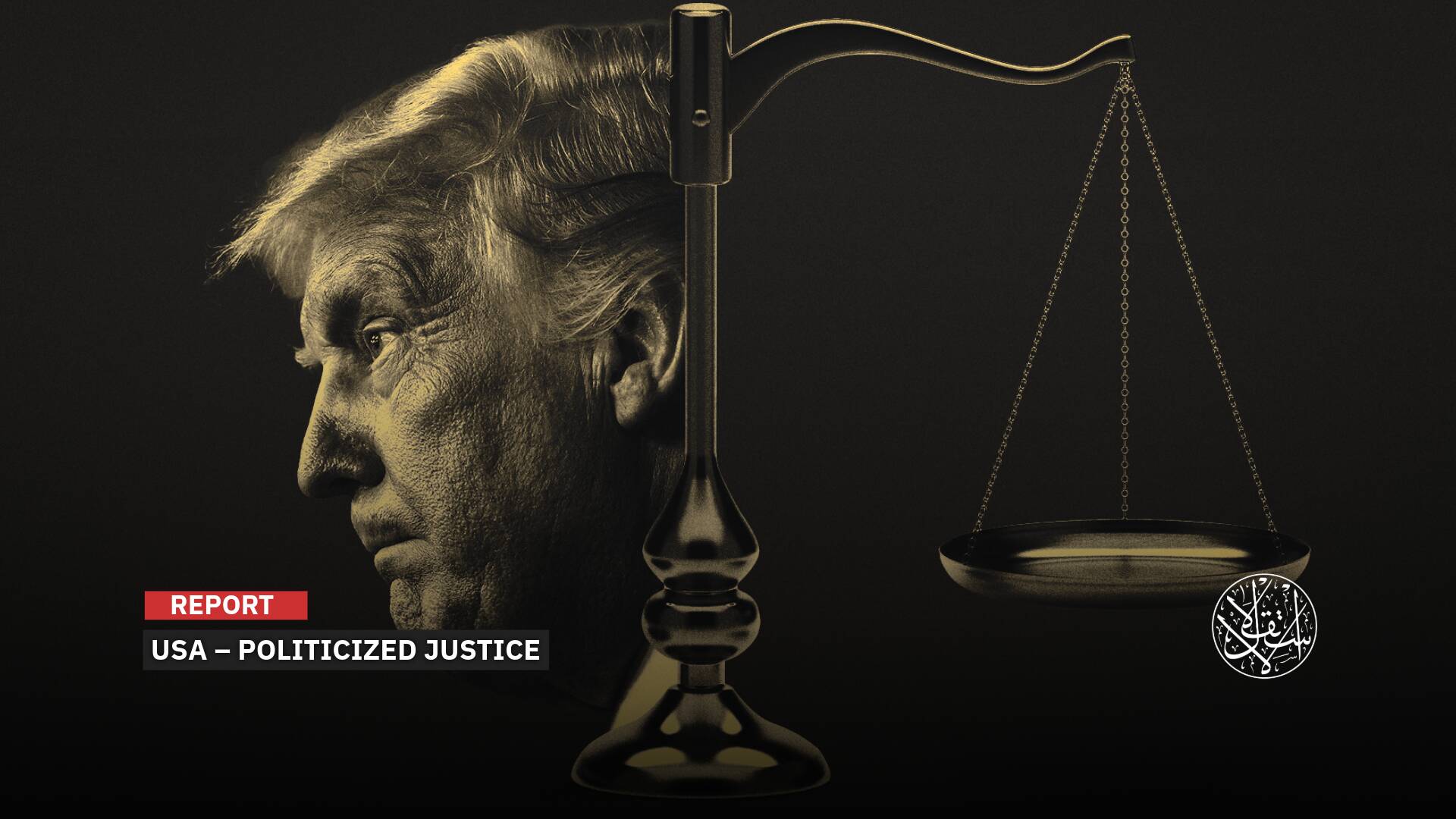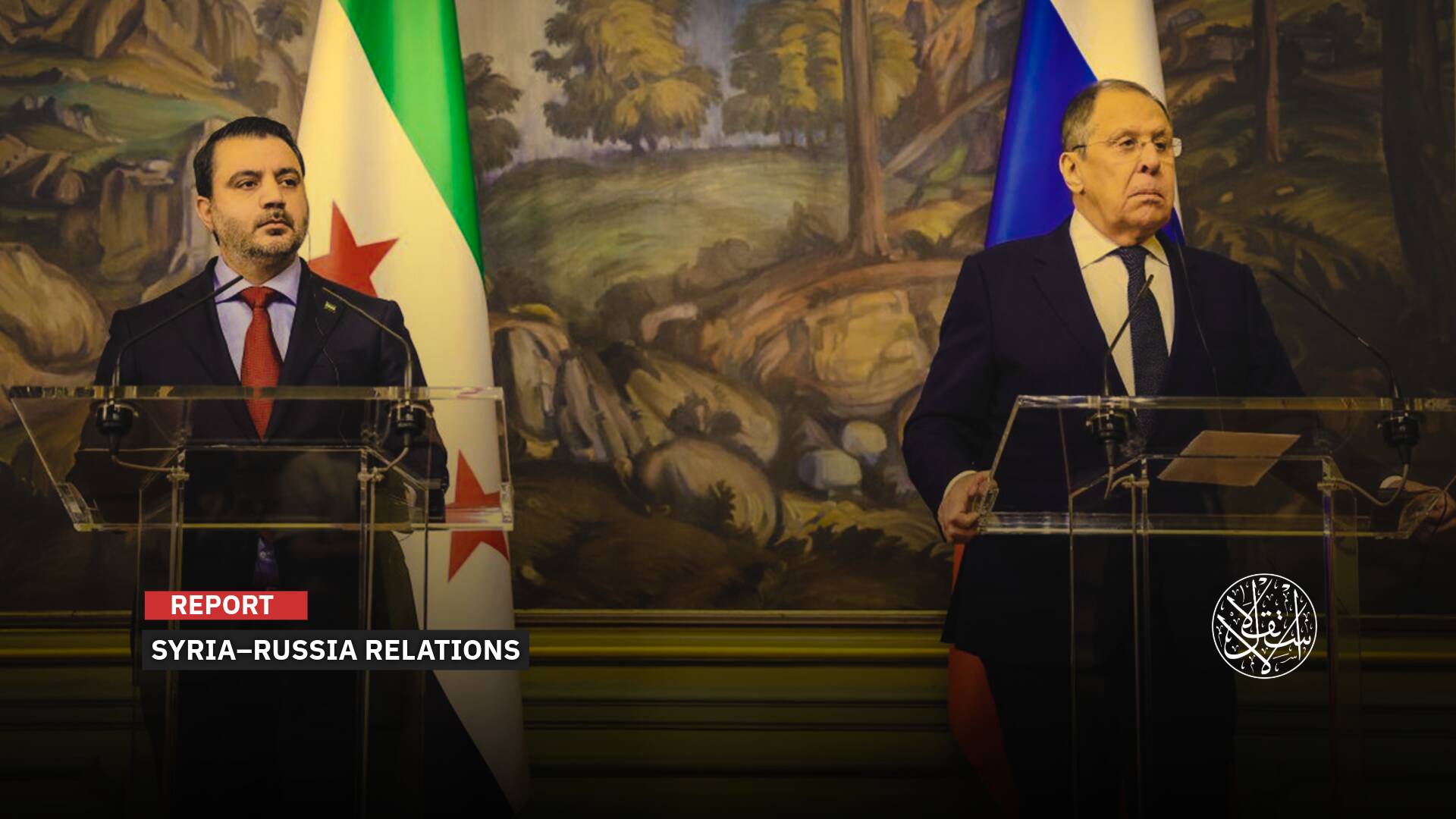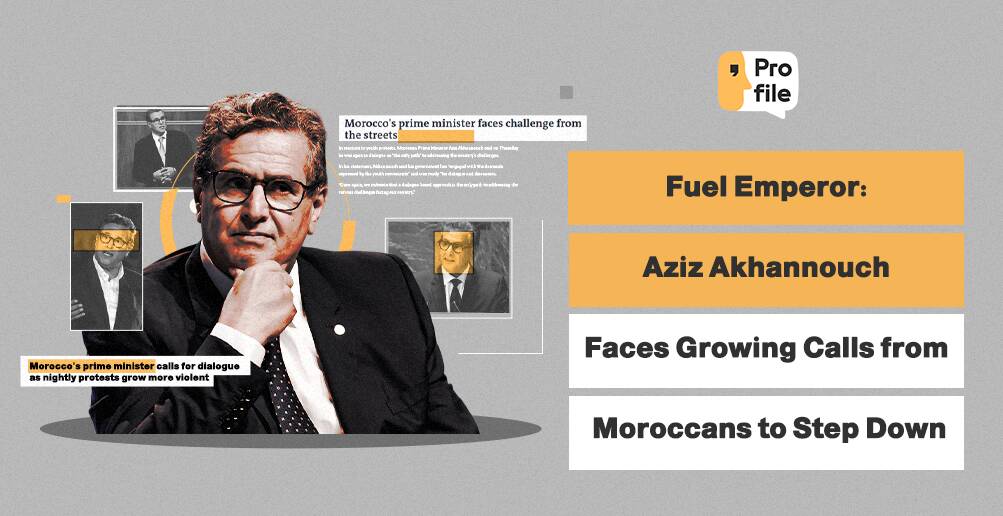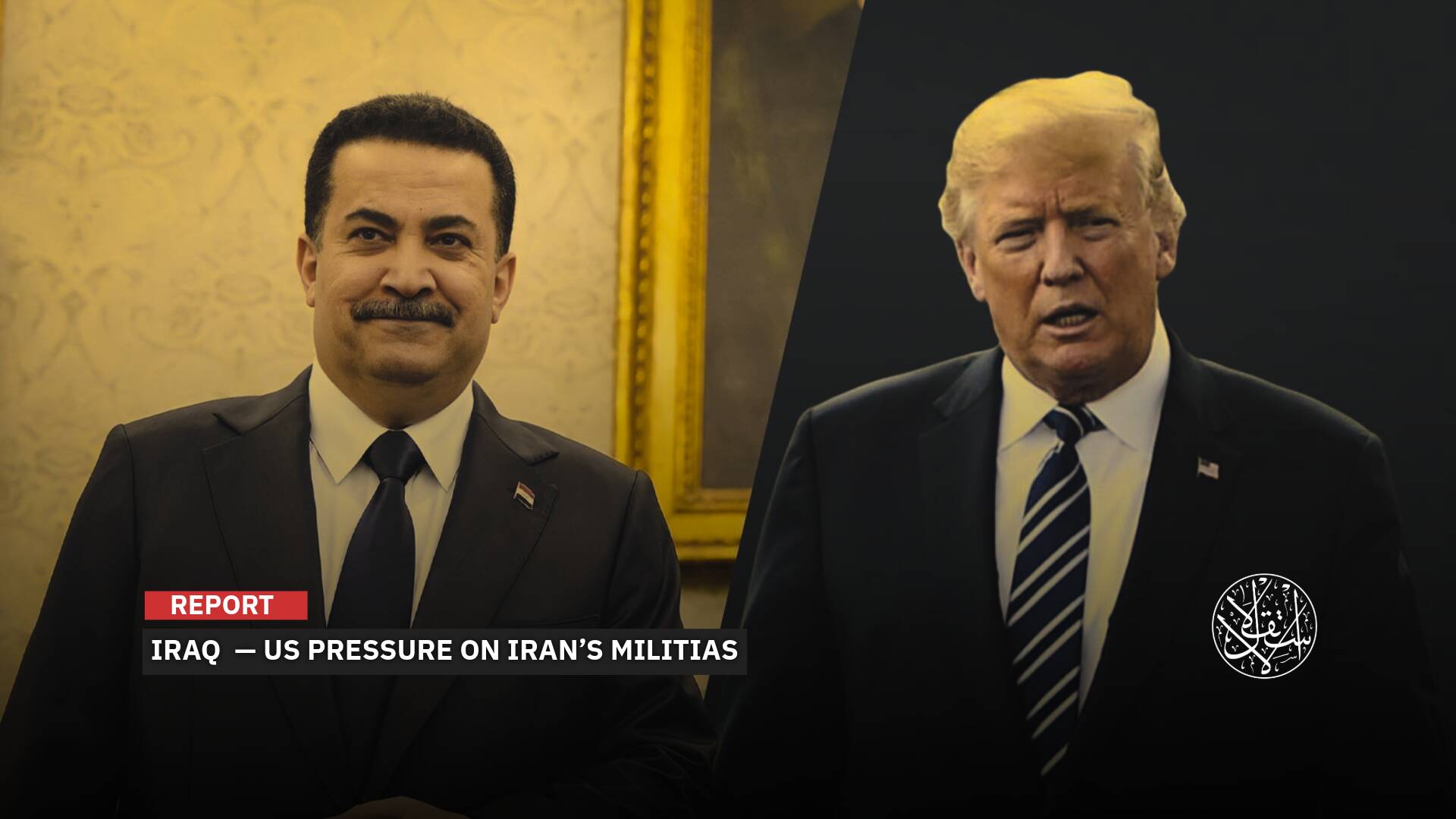Karabakh: Inside the Church-Led ‘Coup Plot’ to Overthrow Armenia’s Government

The security authorities have arrested the senior archbishop of the church, Bagrat Galstanyan.
Political and religious tensions have soared recently in Armenia, as church leaders openly challenged Prime Minister Nikol Pashinyan in a deeply personal and controversial manner—demanding humiliating proof that he is not circumcised—shaking the foundations of the country’s political and spiritual life.
The Armenian Church accused Pashinyan of abandoning traditional Christian practices, suggesting he prioritized circumcision over the Christian symbol of the cross—an especially sensitive claim in a historically Orthodox Christian nation once part of the Soviet Union.
In retaliation, Pashinyan accused the church leader of hypocrisy, breaking clerical vows of chastity and celibacy, and even alleged that the cleric has a child, fueling the ongoing clash between political and religious authorities.
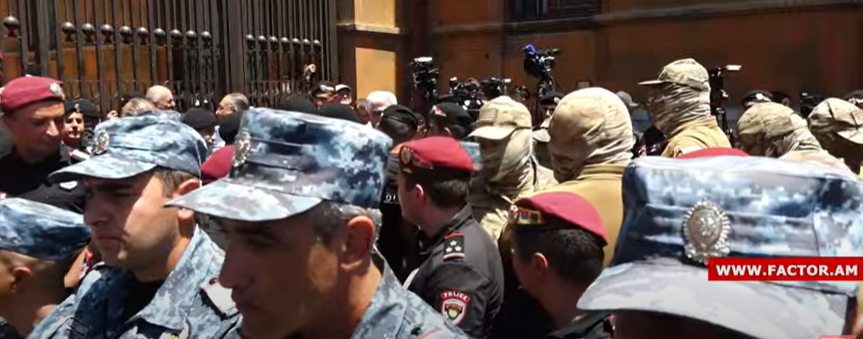
A Clash Inside the Church!
Tensions in Armenia escalated dramatically when security forces stormed the Armenian Apostolic Church’s headquarters in Etchmiadzin — the spiritual heart of Armenian Christianity, often compared to the Vatican in Europe.
The conflict between church and state isn’t new; it has deep roots in the church’s longstanding involvement in politics and its role in rallying opposition against Azerbaijan.
The crisis intensified after Armenia’s loss of Nagorno-Karabakh to Azerbaijan, with the church accusing the Prime Minister of betraying the region and abandoning his people.
Now, the divide has turned into an open confrontation between two camps: those sympathizing with church leaders, especially after police raided the church premises and arrested clergy members, and supporters of the government.
On June 25, 2025, authorities arrested Archbishop Bagrat Galstanyan, accusing him and 14 others of plotting a military coup and collaborating with army leaders to overthrow the government. The following day, a court ordered their pretrial detention for two months.
Then, on June 27, security forces detained Archbishop Mikayel Ajapahyan, also linked to the “Holy Struggle” movement opposing the government. However, their attempt to raid the church headquarters met fierce resistance from pro-church crowds.
Additional arrests followed, targeting church affiliates, opposition activists, and members of the Armenian Revolutionary Federation (Armenian Dashnak Party), all accused of conspiracy to destabilize the state. Nearly 200 protesters gathered to oppose the church raid.
Videos circulated on Armenian news sites showing tense clashes between security forces and crowds outside the church near Yerevan during Ajapahyan’s arrest.
The violent confrontations compelled Catholicos Garegin II, the supreme patriarch and head of the Armenian Church, to intervene personally to calm security forces who had used force against priests and supporters.
This conflict escalated after Armenia’s military defeats starting in 2020, culminating in Azerbaijan’s 2023 victory and reclaiming of Nagorno-Karabakh.
At that time, senior religious leaders, including Catholicos Garegin II, called on Prime Minister Pashinyan to resign over the military losses.
While the Armenian Church condemned the raids and street clashes as a “day of national shame,” Pashinyan accused the clergy of masterminding a “malicious and extensive plan” to seize power in Armenia.
Pashinyan rose to power amid a wave of street protests in 2018, but he faced intense domestic pressure following major losses to Azerbaijan in 2020, and then the full recovery of Nagorno-Karabakh by Azerbaijan in 2023.
Armenia was the first nation to adopt Christianity as its state religion in the fourth century, granting the Armenian Apostolic Church a special constitutional status.
Given the church’s influential role in Armenian society, the current clash is both surprising and dangerous, threatening the country’s identity and unity.

Clash with the State
During the Crusades, Armenia played a key strategic role, with its small kingdom of Cilicia serving as a strong ally to the Crusaders, providing them with logistical and military support.
As a result, the Armenian Church has maintained a hardline stance against Muslims, rejecting Azerbaijan’s defeat of their lands and blaming Prime Minister Pashinyan for the loss.
The Armenian Apostolic Church’s Archbishop, Bagrat Galstanyan, led protests through the “Holy Struggle” movement against the Armenian government’s defeat in the Nagorno-Karabakh conflict.
Galstanyan accused Pashinyan of “surrendering” Nagorno-Karabakh to Muslim Azerbaijan following its swift 2023 offensive and full control over the region—a national shock that deepened the crisis between the church and government.
Since that military defeat, tensions and disputes between Pashinyan and senior church leaders have worsened, especially after the Mother See in Etchmiadzin called for his resignation and criticized his policies on the region.
Galstanyan, leader of the “Holy Struggle,” also accused Pashinyan of handing over the territory to Azerbaijan and led widespread protests that ultimately failed to overthrow the prime minister.
The conflict peaked when Pashinyan publicly called for the removal of Catholicos Karekin II, accusing him of fathering a child—violating clerical vows of celibacy—sparking widespread outrage against the prime minister.
As bishops intensified their opposition, particularly through the “Holy Struggle” movement, Armenian authorities arrested key archbishops, including Bagrat Galstanyan and Mikayel Ajapahyan.
On June 24, the Armenian prime minister revealed an alleged “power grab” plot, calling it a “coup attempt by scoundrels.”
An Armenian investigative committee statement accused Archbishop Galstanyan of seeking “since November 2024 to change power through unconstitutional means.”
The following day, investigators claimed Galstanyan and his associates planned terrorist attacks to seize power.
They said Galstanyan orchestrated a conspiracy involving a network of collaborators, mostly former security personnel.
According to official statements, since November 2024, the archbishop gathered over a thousand people, including police officers and former soldiers, aiming to paralyze state institutions by blocking roads, disrupting internet access, and inciting violence.
Audio recordings allegedly documenting discussions of the “planned coup” with conspirators were released by the government.
On June 26, prosecutors filed criminal charges against Archbishop Mikayel Ajapahyan for publicly calling to overthrow the constitutional order.
In response, the “Holy Struggle” movement accused the authorities of fabricating documents related to the coup, asserting that Pashinyan exploited an anonymously authored and unexecuted conspiracy document from a year earlier to launch political repression.
Notably, Pashinyan hinted on social media that a “foreign power” might be behind the coup attempt, a reference widely interpreted by the press as directed at Russia.
The planned coup, set for Armenia’s Independence Day on September 21, 2025, included provisions for organizing “a gathering of all key actors in a neutral country with representatives from the Russian side,” European Pravda reported on June 27.
A week before these arrests, on June 18, 2025, Armenian authorities detained Samvel Karapetyan, a Russian-Armenian businessman who controls Armenia’s national electricity network and harbors political ambitions.
The Union of Armenians in Russia organization accused Pashinyan of destroying the foundations of the national identity of the Armenian people, following the security forces’ storming of the Catholicos’ headquarters at the Armenian Apostolic Church.

The Future of the Conflict
The risk of escalation in Armenia is growing due to the country’s political structure. The ruling Civil Contract party holds a parliamentary majority, fully backing Prime Minister Pashinyan’s approach and rhetoric, refusing any concessions.
On the other side, the Armenian Church leans on its deep historical legacy and popular support, which it uses to exert influence under the protection of devout Armenians and religious groups like the affiliated “Holy Struggle” movement.
However, the Church itself faces criticism over governance and financial management.
In the absence of real institutional checks and balances, government decisions made under the banner of national security have become tools for political survival, rather than responses to genuine threats, explains lawyer Dr. Kevork Hagopjian in Asbarez on June 27, 2025.
This divide is widening, leaving many Armenians disappointed and convinced that democratic change is impossible because institutions remain tightly linked to the ruling party’s power.
As a result, Armenia’s future—and that of its people—grows more fragile by the day, potentially plunging into darkness following security forces’ storming of church premises and arrests of senior church leaders.
The Church’s failures multiply, while the government exploits threats by sending security forces to raid churches, suppress opposition, and detain religious and political figures, fearing loss of control.
“Allegations of corruption and political obstruction surrounding the Church amplify Armenia’s internal divisions, threatening its national identity and weakening public trust in both religious and political institutions,” as per The Jamestown on June 23.
“Armenia is again gripped by a dramatic confrontation between its political and religious elites,” with each side demanding the other’s resignation amid corruption allegations affecting priests and politicians alike, deepening the crisis.
With general elections scheduled for 2026, the public’s distrust and disillusionment toward all parties continue to grow.
The escalating conflict between Church and state has evolved into a broader ideological struggle between two visions for Armenia.
One is rooted in the post-Soviet legacy of the Church, the other in Pashinyan’s vision of a country seeking integration into regional and international frameworks, living in peace with its neighbors.
The Armenian Apostolic Church—which has long been a cornerstone of national identity—faces the threat of losing its legitimacy and effectiveness domestically and abroad amid the Armenian diaspora.
The government has already hinted at constitutional reforms that would strip the Church of its privileged status.
Diplomats and clergy have begun discussing potential solutions to the ongoing conflict between the authorities and the Armenian Apostolic Church.
However, Vahagn Melikian, founding member of the All-Armenian Council of Diplomats, told reporters that the government must clearly state and prove that its campaign targets “individuals,” not the Church institution as a whole.
Sources
- Armenia Arrests Senior Archbishop over Alleged Coup Attempt: A New Escalation in the Church-State Standoff [Arabic]
- Pashinyan Escalates Tensions With Armenian Apostolic Church
- Why the Armenian authorities went into sharp conflict with church and what Russia has to do with it
- Armenia on the Edge: Internal Chaos Threatens National Survival
- Armenia arrests archbishop over alleged coup plot


